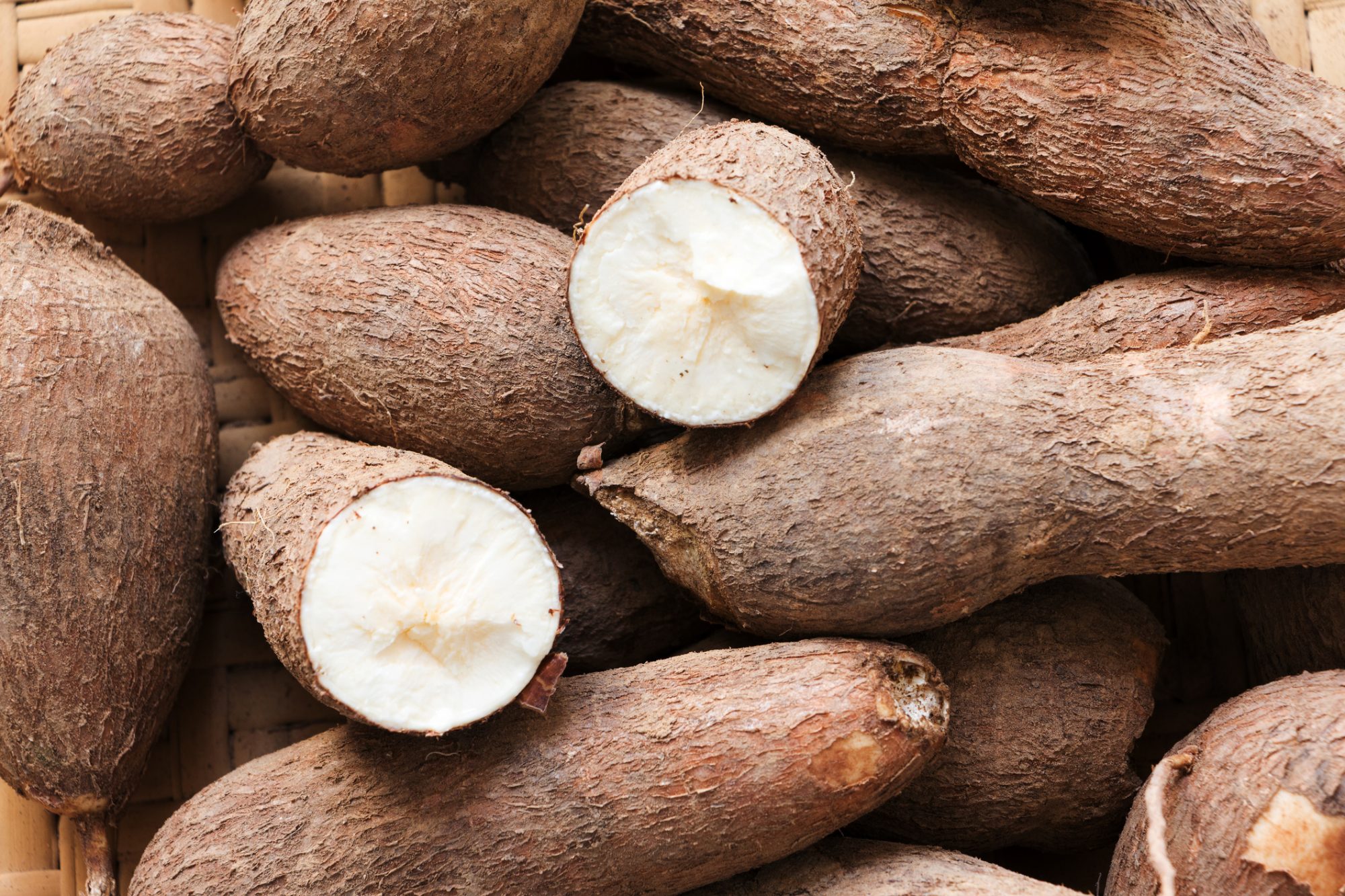In the contemporary milieu of biotechnology, Cassava Sciences represents a confluence of innovation and cultural dynamics that warrant an insightful examination through the lens of cultural relativism. This exploration facilitates a nuanced understanding of how societal factors intersect with scientific advancements, particularly as they pertain to the cultivation and utility of cassava, a vital staple in multiple gastronomic traditions. Cassava, also known as yuca or manioc, has emerged as a pivotal resource not only for food security but increasingly within the realms of pharmaceutical developments. This article delineates the implications of Cassava Sciences’ innovations, focusing on the types of content that readers can expect in the discourse surrounding this subject.
At the outset, the significance of cassava in various cultures cannot be overstated. Originating from South America, cassava has transcended geographical boundaries to become integral to the diets of millions in Africa, Asia, and Latin America. Its adaptability to diverse climatic conditions renders it not merely a food source but a cultural touchstone, deeply embedded in local traditions and economic structures. The juxtaposition of its agricultural versatility with its emerging role in modern biotechnology allows for a multifaceted narrative encompassing cultural history, economic dependency, and scientific advancement.
The primary focus of Cassava Sciences is on the development of therapeutic solutions that pivot around the root’s biochemical properties. The introduction of cassava-derived compounds into biomedical research underscores a significant shift from traditional agricultural practices to the forefront of scientific inquiry. The societal implications of these biotechnological advancements are vast. Readers can expect comprehensive coverage of research findings, case studies, and interviews with prominent figures in the field of biotechnology, accentuating the scientific rigor behind the innovations.
Cultural relativism posits that the values and practices of one culture should not be judged by the standards of another. This theoretical framework assists in dissecting how different cultures may perceive biotechnological developments, such as those led by Cassava Sciences. From this standpoint, content that delves into global perspectives on biotechnological innovations will provide a rich tapestry of views. For instance, while some cultures may embrace alterations to traditional uses of cassava in favor of therapeutic applications, others may retain reservations about the manipulation of their indigenous plants for profit-driven motives. This discourse is vital as it explores the cultural implications and ethical considerations inherent in such biotechnological initiatives.
Furthermore, the potential for cassava in the pharmaceutical sector extends beyond mere economic gain. Researchers are investigating its applications in treating various neurological disorders, which promises to catalyze discussions about healthcare equity and accessibility. Readers will encounter a critical analysis of both the potential benefits and the ethical challenges associated with this emerging trend. Topics like intellectual property rights, corporate versus communal ownership of biotechnological innovations, and the socio-economic impacts on local farming communities will be scrutinized. This critical narrative will serve to illuminate the complexities surrounding cassava’s role in health interventions.
Additionally, as Cassava Sciences makes strides in research, it raises pertinent questions about the interplay between science and culture. This intersection can engender resistance, particularly from communities that may view such scientific endeavors as a form of neocolonialism, where Western biotechnology firms exploit indigenous resources without equitable reciprocation. Content designed to unpack these themes will not only engage with the scientific advancements but also provide a platform for voices from historically marginalized communities, thereby fostering a more holistic conversation. Such narratives will enrich the reader’s understanding of how historical context shapes contemporary perceptions of biotechnology.
In educational contexts, content regarding Cassava Sciences will also serve as a vital interdisciplinary resource. It will blend insights from agricultural science, anthropology, ethics, and sociology. This multifaceted approach will be especially valuable for students and professionals alike, as it contextualizes biotechnological advancements within broader socio-economic frameworks. Workshops, webinars, and podcasts will be highlighted, offering interactive opportunities for deep dives into specific topics, such as the biochemical properties of cassava and their implications for drug development.
Moving beyond the scientific and cultural implications, there is also an economic narrative entwined within the innovations stemming from cassava research. The increasing global demand for sustainable and alternative food supplies positions cassava as a frontrunner in the realm of nutritional security. Articles focusing on market trends, sustainability, and the potential for cassava to serve as both a food and raw material source for various industries will provide a comprehensive understanding for readers interested in the economic ramifications of this crop.
In conclusion, the biotechnology surrounding Cassava Sciences embodies an intricate interplay between culture and innovation. By examining this nexus through the lens of cultural relativism, readers can anticipate a wealth of content that spans historical significance, ethical considerations, scientific advancements, and socio-economic implications. This rich tapestry of discussion is essential not only for those within the realms of biotechnology and anthropology but for a broader audience eager to understand how cultural values shape and are shaped by scientific progress in the context of a globally interconnected world.
